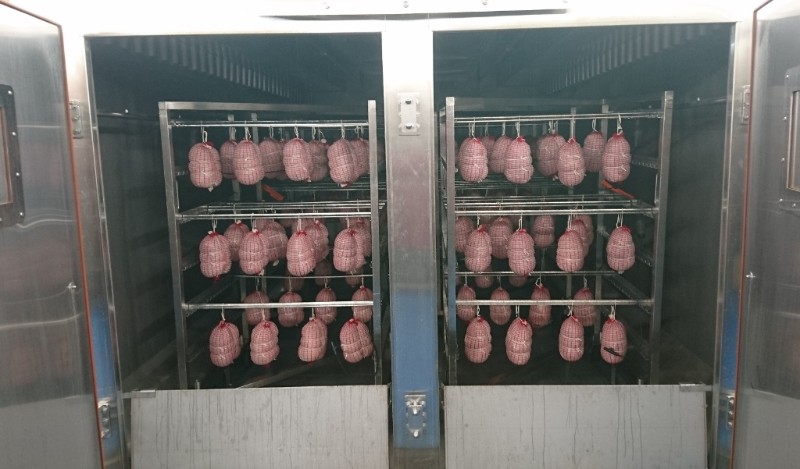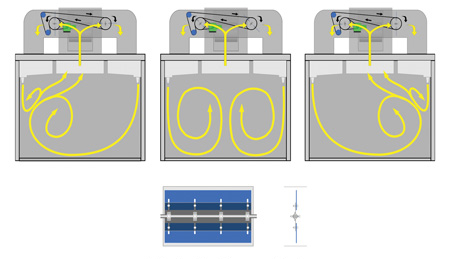What is Thermal Validation (a.k.a. cold spot evaluation)?
Within the context of manufacturing safe cooked products, thermal validation, which is commonly known as cold spot evaluation refers to the measurement of the maximum thermal differential within a cooking vessel. Examples include forced-convection ovens or smokehouses (i.e., batch and continuous), impingement ovens, among other oven types.
The main purpose of cold spot evaluation is to ensure that all pieces of product inside a cooking vessel receive adequate thermal treatment. Adequate thermal treatment is one that is lethal to the most heat-resistant pathogens of public concern (e.g. mainly Salmonella spp., Listeria mono and E. coli O157: H7), under worst-case-scenario conditions.
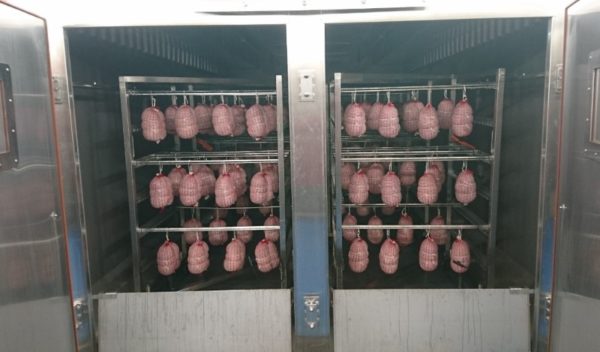
How are cold spots, or cold zones formed?
With so many different types of cooking systems being used in industry, cold spots are can be formed for a variety of reasons. However, the most common factors leading to cold spot formation include, but are not limited to:
Improper loading practices (i.e., ‘touchers’ scattered throughout smokehouse)
Inconsistent loading practice (i.e., partial vs. fully-loaded smokehouse)
Critical probes go out of calibration (i.e., product, dry-bulb and wet-bulb)
Dampers go out of alignment causing a large variation in air velocity and temperature from side to side of the oven
Critical components such as burners are unable to generate sufficient thermal capacity (i.e., not designed for purpose, or component failure)
- Improper loading practices (i.e. “touchers” scattered throughout smokehouse)
- Inconsistent loading practice (i.e. partial vs. fully-loaded smokehouse)
- Critical probes go out of calibration (i.e. product, dry-bulb and wet-bulb)
- Dampers go out of alignment causing a large variation in air velocity and temperature from side to side of the oven
- Critical components such as burners are unable to generate sufficient thermal capacity (i.e. not designed for purpose, or component failure)
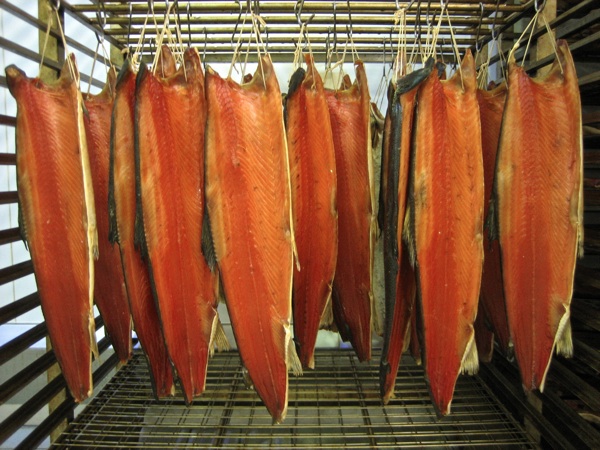
Can cold spot evaluation be conducted in an empty oven (i.e., oven with no product inside)?
No. By current regulatory requirements, establishments are responsible to take into account: “Worst case scenarios […], specifically, the coldest spot of both the equipment and the product.” (2)
Are any establishments producing high-risk products exempt from cold spot evaluation?
No. For instance, the Canadian Food Inspection Agency (CFIA) has listed cold spot evaluation as a requirement in the current federal regulations (e.g., meat regulations: MHMOP, Chapter 4, Section 4.4.1) (2)
In addition, as of January 2019, this requirement will be enforced across all establishments producing high-risk cooked products across Canada(1).
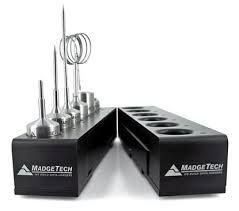
How many probes are needed for an adequate representation of the cooking process?
By best industry practice, a heat penetration study must be able to produce a 3-dimensional model of the heat distribution and thermal differentials in an oven / smokehouse as follows:
- Front to bakc,
- Top to bottom, and,
- Side to Side
The heat penetrations study must also be able to verify critical temperature probes (i.e., dry-bulb, wet-bulb, product).
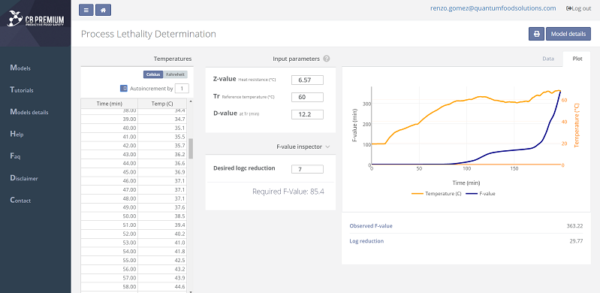
HOW CAN WE HELP?
Let our extensive backgrounds and experience in thermal processing help you manage all of your food safety validation needs. Our services include, but are not limited to:
- Cooking (smokehouses, spiral, impingement ovens; kettle cooking);
- Cooling, chilling, freezing (Trichinella treatments), tempering, alternative cooling procedures (e.g., meat, poultry, fish);
- Uncooked, dry-cured / fermented meat products (e.g. salami);
- Regulatory representation (CFIA, FSIS)
Call us for a free consultation. Direct line (+001) 647-963-0182.
